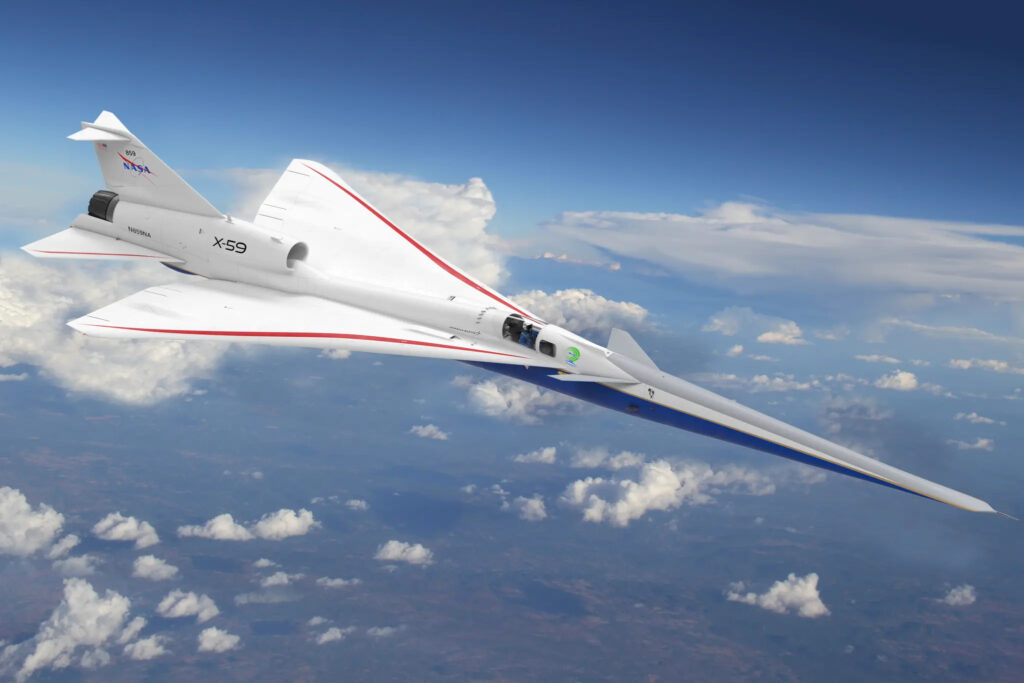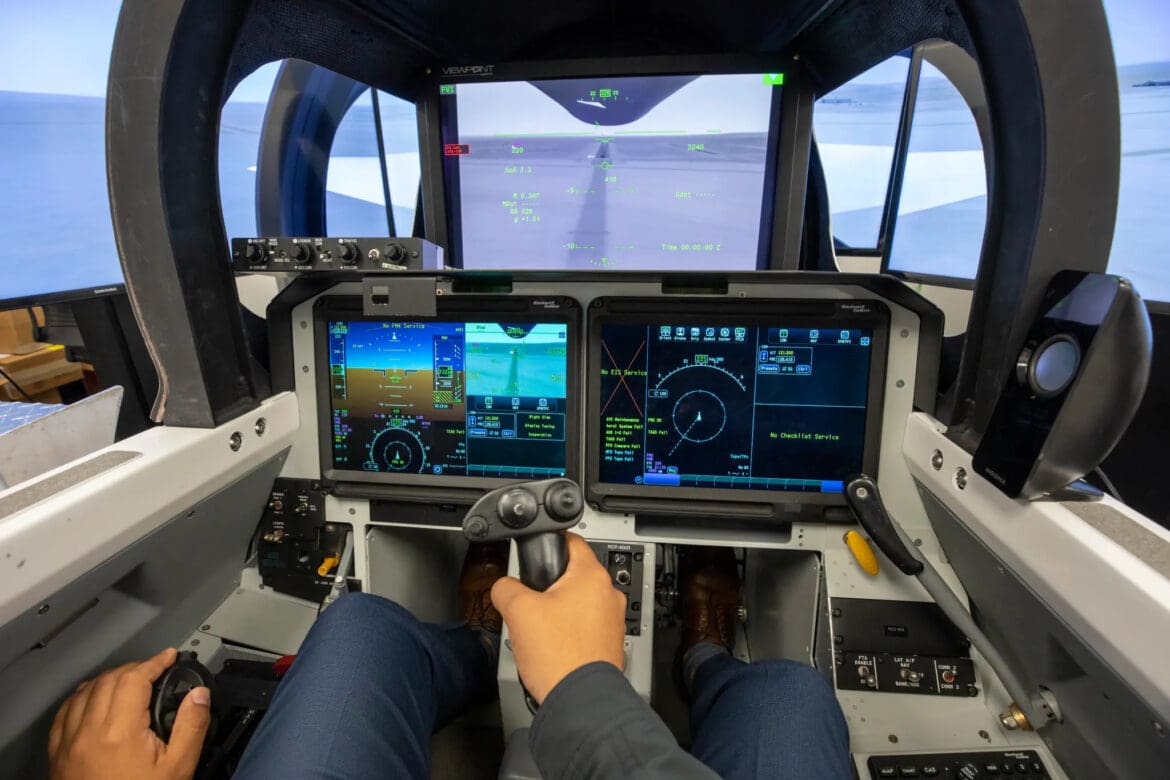Advertiser & Editorial Disclosure: The Bulkhead Seat earns an affiliate commission for anyone approved through the links below. This compensation may impact how and where links appear on this site. We work to provide the best publicly available offers to our readers. We frequently update them, but this site does not include all available offers. Opinions, reviews, analyses & recommendations are the author’s alone, and have not been reviewed, endorsed, or approved by any of these entities.
The National Aeronautics and Space Administration (NASA) recently revealed that it’s working on a prototype, Concorde-like jet that could get passengers between New York and London in as little as 90 minutes.
The passenger jet prototype would travel at speeds between Mach 2 and Mach 4 (1,535 to 3,045 miles per hour). That’s twice as fast as the typical large aircraft that travels at roughly 600 mph (under Mach 1). NASA studies identified about 50 potential routes to connect cities. Supersonic flights are prohibited over land, but North Atlantic and Pacific routes could be a possibility.

This development is part of NASA’s Advanced Air Vehicles Program (AAVP). It will draw on NASA’s X-59 quiet supersonic technology (QueSST) test aircraft, which was developed as part of its Quesst mission that began in 2016 and ends in 2027. The X-59 will be cruising across US airspace when the project reaches its third phase. NASA has not yet identified where it will fly over the country. Test flights will run from 2024 to 2026.
I have a few questions. What will meal service look like on a jet traveling this quickly? Will food and beverage be abandoned due to the quick flight time? Will passengers need to be strapped in and will any other measures be necessary to maintain a comfortable ride? What will pricing look like for the convenience of this short ride? So many questions are ways off from having answers.
Anthony’s Take: I never got to fly on the Concorde, but it sounds like a reasonable alternative may finally be in development. The idea of getting between New York and London in 90 minutes eliminates the fatigue of a long trip and I’d argue jet lag (yes, the time changes but you’re able to rest much quicker). This could makes speedy, same-day trips a reality.
(Image Credits: NASA/Lockheed Martin.)
User Generated Content Disclosure: The Bulkhead Seat encourages constructive discussions, comments, and questions. Responses are not provided by or commissioned by any bank advertisers. These responses have not been reviewed, approved, or endorsed by the bank advertiser. It is not the responsibility of the bank advertiser to respond to comments.
Advertiser & Editorial Disclosure: The Bulkhead Seat earns an affiliate commission for anyone approved through the links above This compensation may impact how and where links appear on this site. We work to provide the best publicly available offers to our readers. We frequently update them, but this site does not include all available offers. Opinions, reviews, analyses & recommendations are the author’s alone, and have not been reviewed, endorsed, or approved by any of these entities.

2 comments
I’l confess to being a simpleton here but given the above pics there’s no space for umm… passengers.
“…getting between New York and London in 90 minutes eliminates jet lag” Uh, not really.